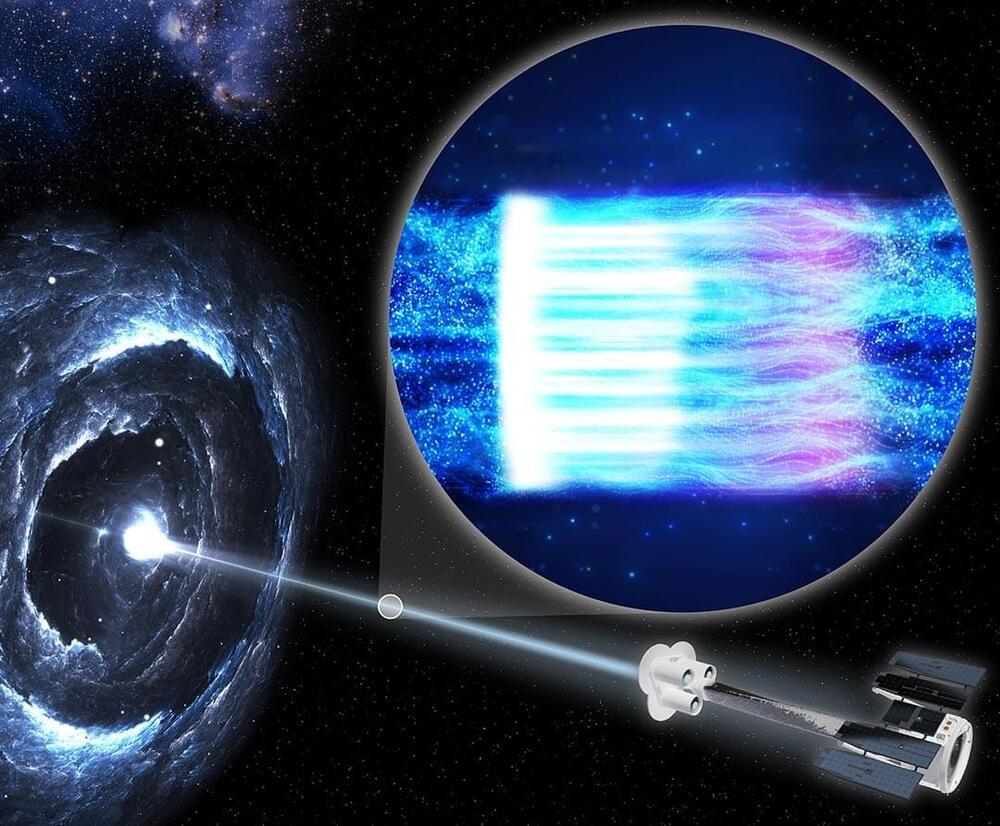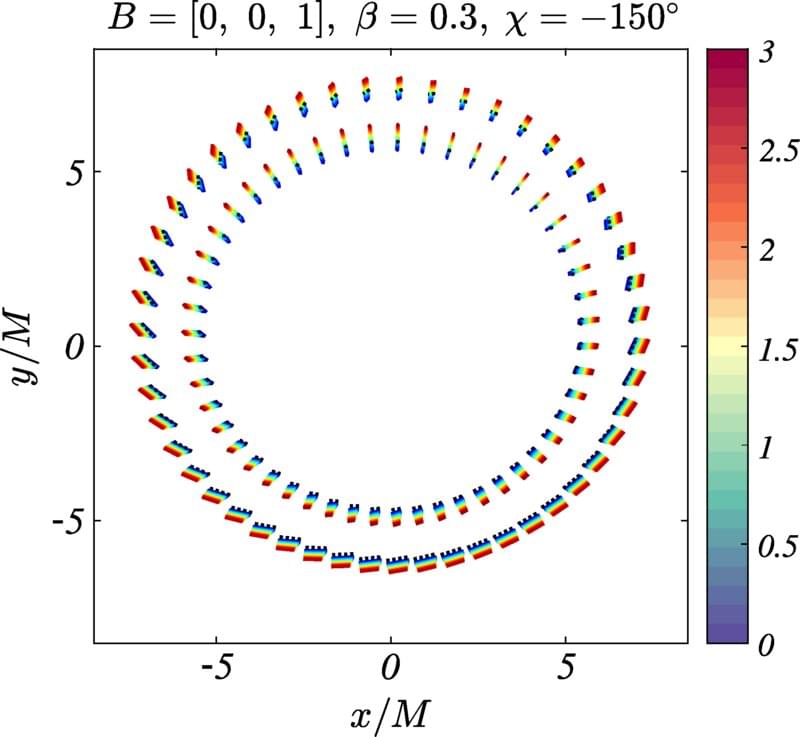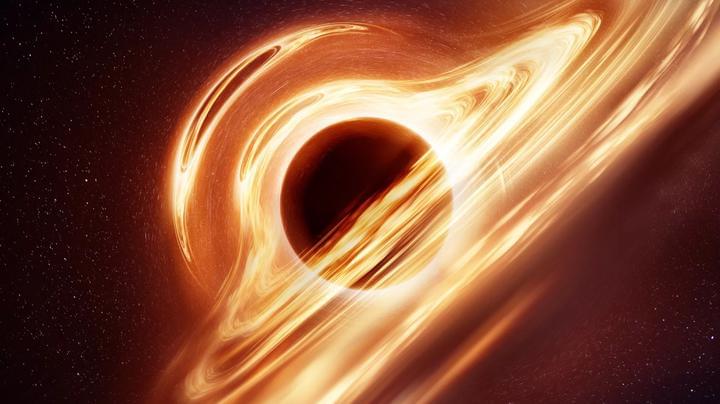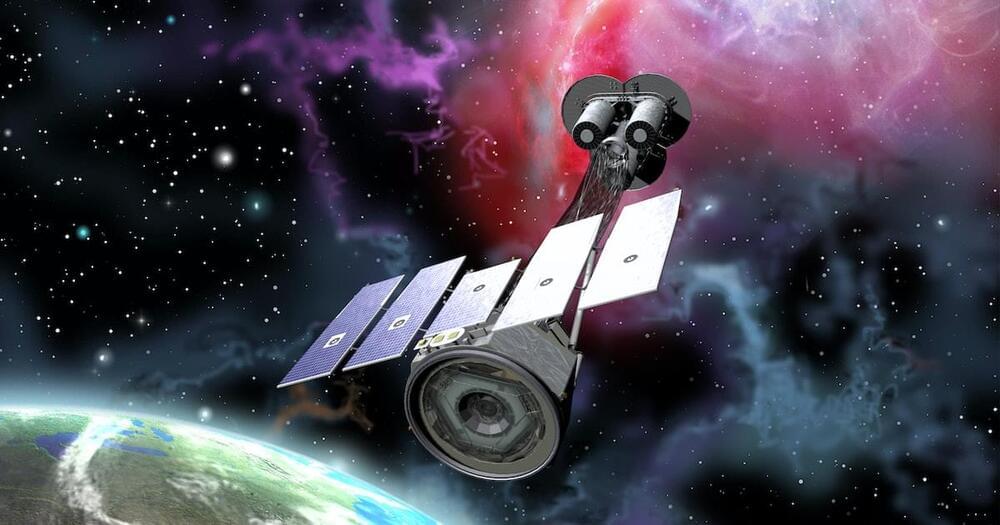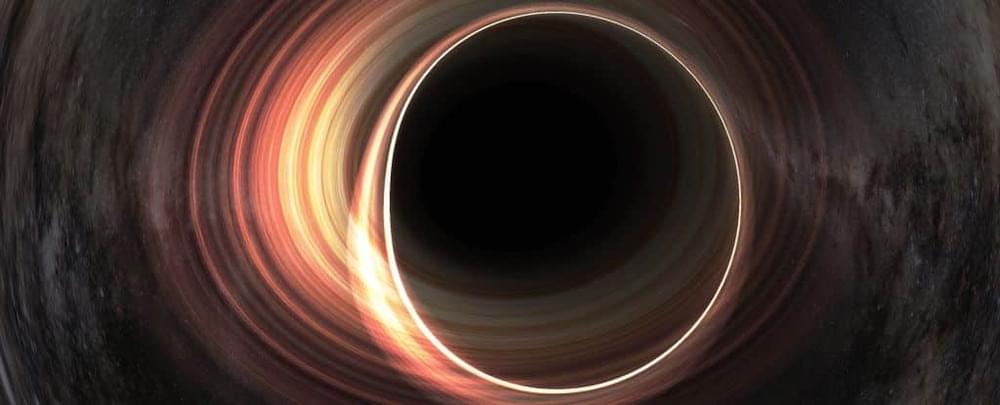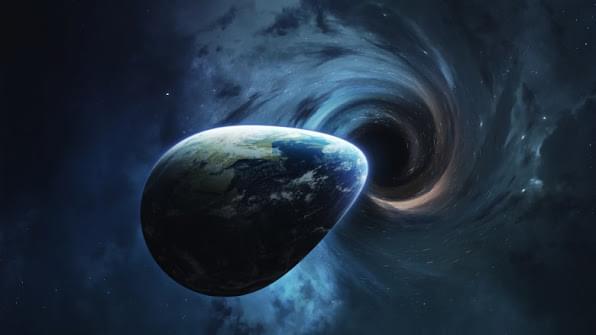https://youtube.com/watch?v=cdf2UthcirY&feature=share
Scientists and astronomers have always been curious about the peculiarities.
in our solar system. And at the very top of their list of curiosity is dark matter. Although several phenomena has been unraveled by different.
scientists, the mystery that is dark matter still remains largely unsolved.
In a bid to satisfy their curiosity, a team of scientists while researching about.
dark matter have recently discovered a portal leading to the fifth dimension.
and this discovery is set to change how we view the universe forever.
How did the scientists find the portal, and how would this discovery affect.
our world?
Join us as we explore how scientists just announced that they found a portal.
to the fifth dimension.
Dark matter has long since been an enigma to scientists and astronomers.
Although it takes up most of our universe, scientists have yet to fully unravel.
its mystery. With the discovery of the fifth dimension, scientists believe that.
this dimension might explain the seventy-five percent of dark matter that has not been observed yet. Even though we don’t know much about it, most.
of our ideas about the physical universe relies on the concept of dark matter.
Scientists are rooted in this idea simply because dark matter takes up most.
of our universe, and it is regarded as a pinch hitter that helps scientists.
understand how gravity works. They believe several features would dissolve.
or fall apart without an “x factor” of dark matter. Even at that, dark matter.
does not disrupt the particles we see and feel. This means it must also have.
other special properties, hence why more research on dark matter was.
needed.
Disclaimer Fair Use:
1. The videos have no negative impact on the original works.
2. The videos we make are used for educational purposes.
3. The videos are transformative in nature.
4. We use only the audio component and tiny pieces of video footage, only if it’s necessary.
DISCLAIMER:
Our channel is purely made for entertainment purposes, based on facts, rumors, and fiction.
Copyright Disclaimer under section 107 of the Copyright Act 1976, allowance is made for “fair use” for purposes such as criticism, comment, news reporting, teaching, scholarship, education, and research. Fair use is a use permitted by copyright statutes that might otherwise be infringing.
